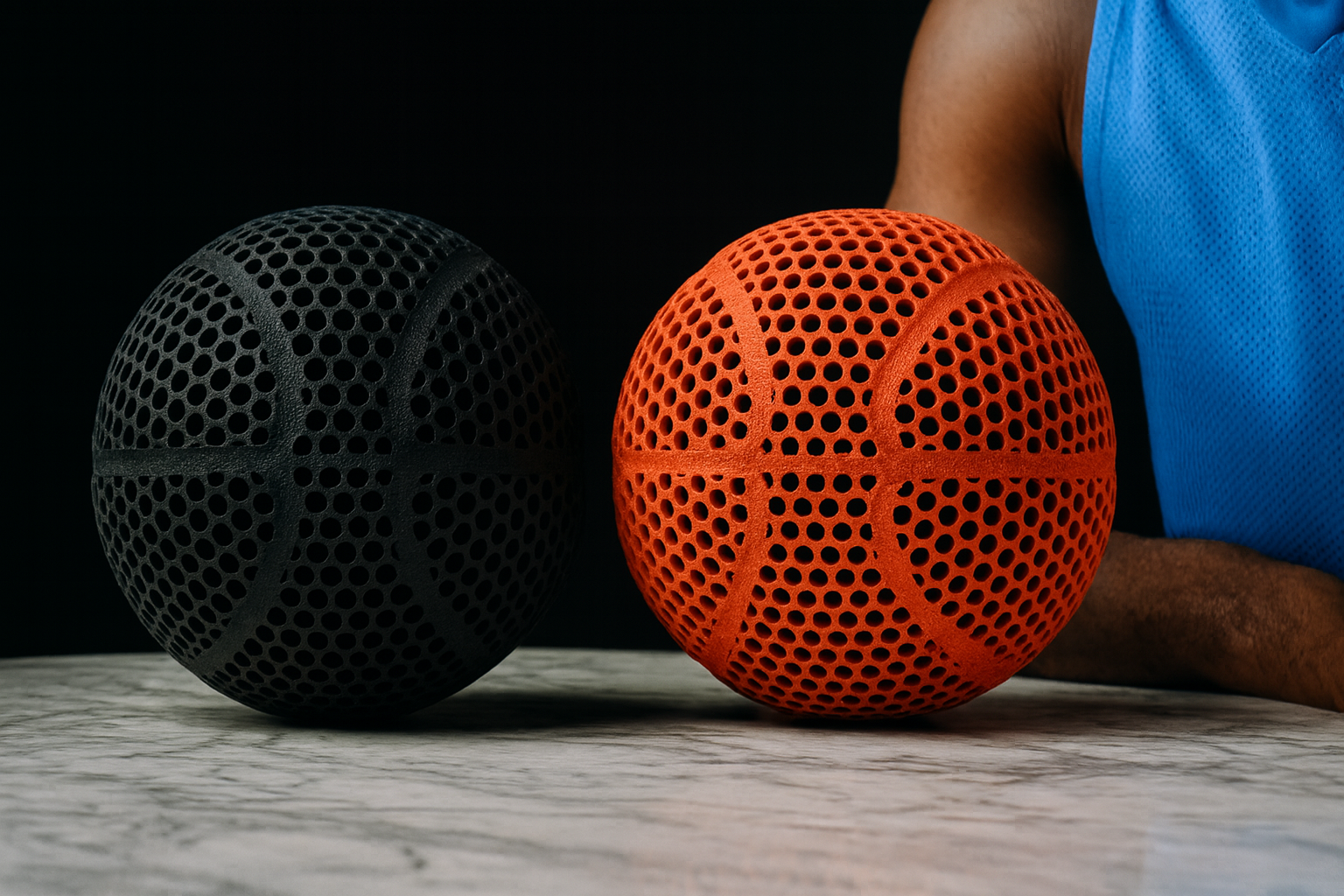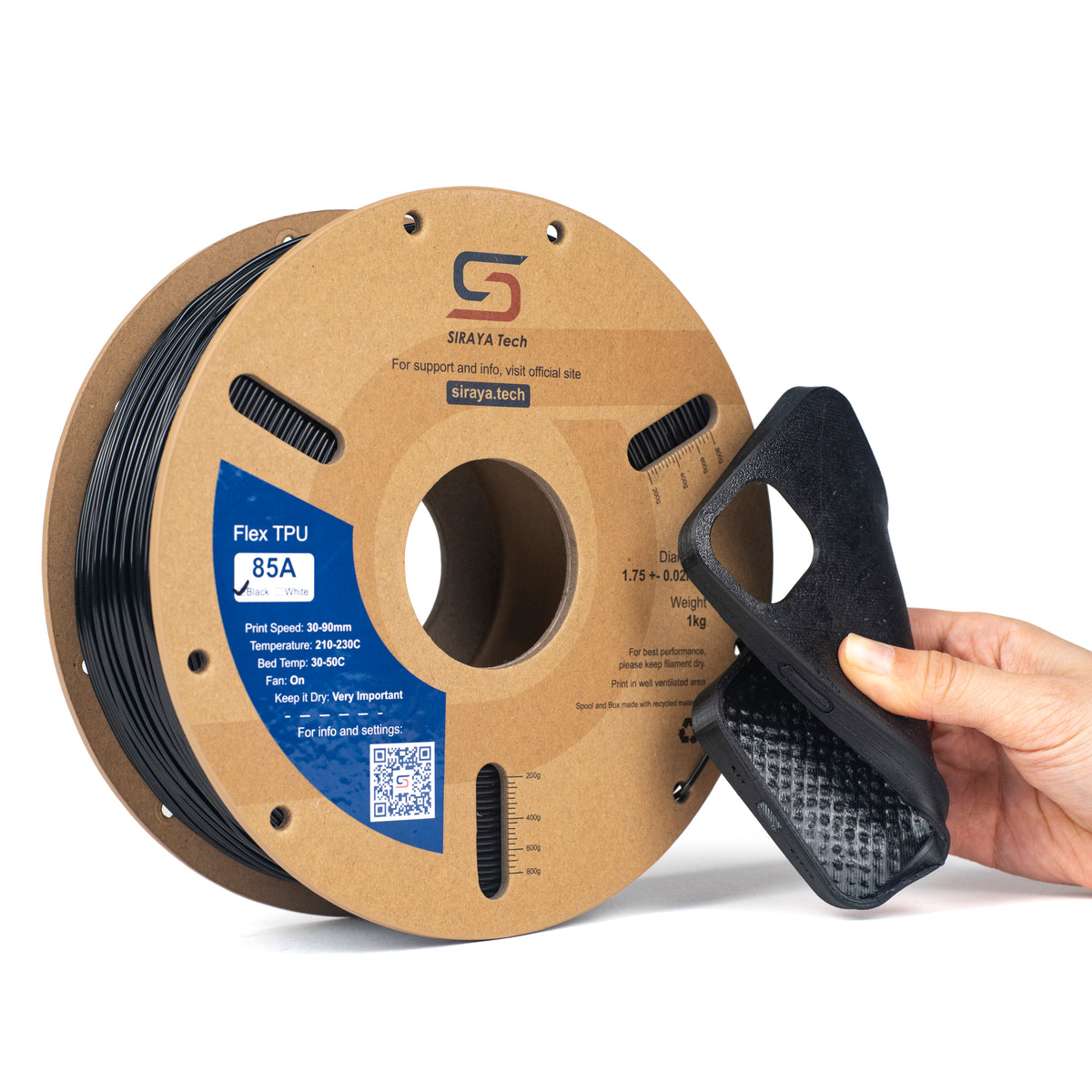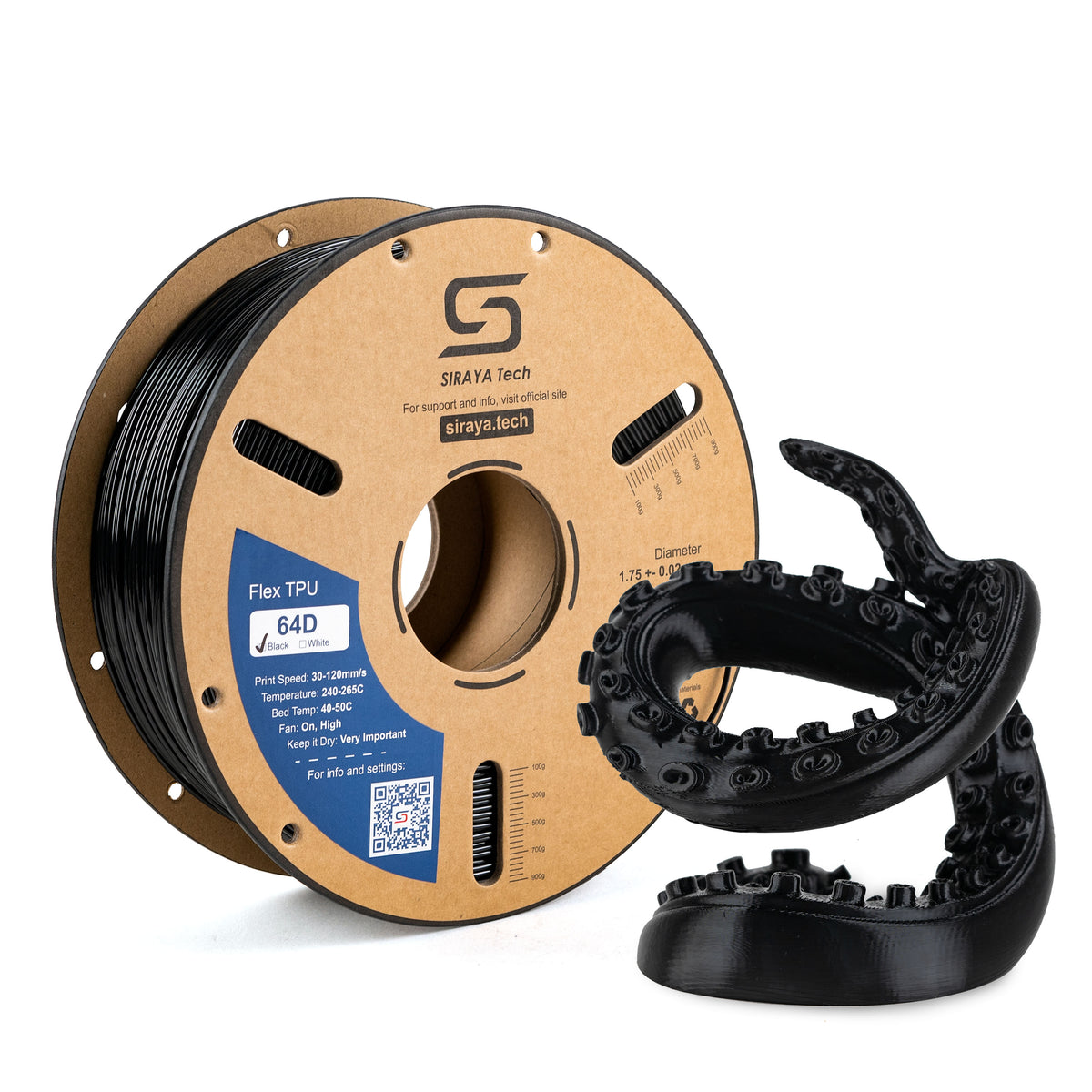The world of basketball is seeing something truly exciting: the rise of the airless basketball 3D print.
Imagine a basketball that never goes flat, never needs pumping, and still bounces just like the real thing. Thanks to 3D printing, that dream is becoming a reality. In this article, we’ll explore how airless basketballs are made, what materials work best, and whether you can print one yourself.
If you’re curious about how 3D printing is transforming sports gear, keep reading to discover everything you need to know about this fascinating innovation.
What Is an Airless Basketball and How Does It Work?
An airless basketball is exactly what it sounds like: a basketball that doesn’t need air. Instead of being inflated, it’s made from a special lattice structure that gives it bounce and shape.
The design is carefully engineered to mimic the feel of a traditional basketball while removing the need for air pressure.
The secret lies in the pattern of holes and geometric shapes that make up the outer shell. These shapes compress and expand when the ball hits the ground, creating a natural rebound.
The result is a durable, low-maintenance basketball that performs consistently, even after hours of play.
The Rise of the Airless Basketball 3D Print

The idea of using 3D printing to create sports equipment has been around for years, but only recently have printers and materials become advanced enough to handle something as complex as a basketball. The airless basketball 3D print trend started gaining attention when engineers and hobbyists began sharing their designs online.
The concept gained global attention when Wilson Sporting Goods revealed its 3D‑printed Airless Gen1 prototype during the 2023 NBA All‑Star Weekend. 3D printing allows for incredible precision, which is essential for the ball’s unique lattice pattern.
Every section must be perfectly balanced to ensure even bounce and weight distribution. This level of detail is nearly impossible to achieve with traditional manufacturing.
📌 Also read: How Does 3D Printing Work? Understanding Methods and Process
Can You 3D Print Your Own Airless Basketball?
Yes, it’s possible to 3D print your own airless basketball, but it takes time, patience, and the right setup. You’ll need a 3D printer that can handle flexible materials and large prints, as the ball must be printed in sections or as one continuous piece depending on your printer’s size.
Before you start printing, you’ll also need a 3D model file of the basketball design. Many makers share their models online, but make sure to choose one that’s safe, legal, and well-reviewed. Printing an entire basketball can take dozens of hours, so it’s best to test smaller sections first.
📌 Also read: How to Design 3D Prints Like a Pro
Best Filaments for Airless Basketball 3D Printing

The material you choose has a huge impact on how your 3D printed basketball performs. Since the ball needs to flex and bounce, flexible filaments like TPU (thermoplastic polyurethane) or TPE (thermoplastic elastomer) are often used. These materials allow the lattice structure to compress and spring back effectively.
Key things to consider when choosing filament
- Flexibility: The more flexible the filament, the better the bounce.
- Durability: Look for materials that can handle repeated impacts.
- Ease of printing: Some flexible filaments can be tricky to print, so adjust your settings carefully.
3D Filaments You May Shop
📌 Also read: 3D Printing Materials: Complete Guide for Every Project
How Much Does It Cost to 3D Print an Airless Basketball?
Printing a full-size airless basketball can cost roughly $50 to $150 in filament and power, depending on printer size, material, and print settings. The total cost also depends on the amount of time your printer runs and how much filament is used.
However, the real value comes from the customization and learning experience. You can adjust the lattice pattern, wall thickness, and texture to create a ball that feels unique.
While it may not be cheaper than buying a regular basketball, the ability to design your own makes it worth the effort.
📌 Also read: What Can You Make with a 3D Printer?
Drawbacks and Limitations of Airless Basketballs
While the airless basketball 3D print is an exciting development, it does come with some challenges.
- Durability: Long-term testing is still limited, and current prototypes were mainly designed for indoor use.
- Printing difficulty: Flexible materials can clog printers if not handled properly.
- Weight and balance: Getting the perfect balance can take several test prints.
Even with these drawbacks, the innovation behind airless basketballs continues to push the boundaries of what’s possible in 3D printing and sports design.
Conclusion
The airless basketball 3D print is a perfect example of how creativity and technology can come together to create something new and exciting.
While it’s still evolving, the idea of a basketball that never goes flat shows how 3D printing can change the way we think about sports equipment.
Explore more at Siraya for high-quality 3D printing filaments, resins for 3D printing, and platinum silicone crafting materials that help you achieve professional results for your projects.
FAQs About Airless Basketball 3D Print
Is the airless basketball 3D printed?
Yes, airless basketballs are made using 3D printing technology. The process involves printing a detailed lattice structure that replaces the need for air inside the ball. This design gives it bounce and shape without requiring inflation.
What filament do you need to 3D print an airless basketball?
Flexible materials like TPU or TPE are commonly used because they can compress and rebound easily. These filaments help the ball perform more like a traditional basketball. Some makers experiment with other flexible blends to improve grip and durability.
Is there anything illegal to 3D print?
Yes, certain items are illegal to print, such as weapons, counterfeit goods, or patented designs without permission. Always make sure the model you’re using is open-source or licensed for personal use. Printing for learning or private projects is generally fine.
What are the drawbacks of airless basketballs?
Airless basketballs can be harder to produce, especially for beginners. They may not feel exactly like a regular basketball and can wear out faster with heavy use. However, they are durable for casual play and don’t need to be inflated.
Why are airless basketballs so expensive?
The cost comes from advanced materials, precise engineering, and long production times. Since the technology is still developing, prices remain high. Over time, as 3D printing becomes more affordable, airless basketballs will likely become cheaper too.



